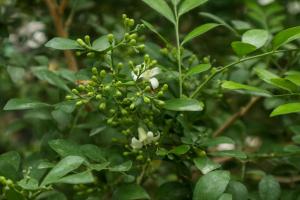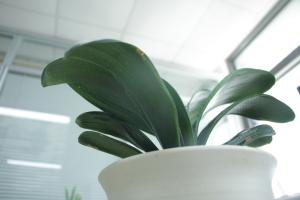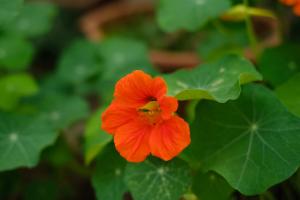1、 Curing method
1. Temperature: 20 to 30 degrees is the most suitable range, because it likes higher temperature. But once it is higher than 35 degrees, try to have more ventilation, not too muggy. In winter, it cannot be lower than 10 degrees, otherwise it will threaten its health

2. Light: Purple fragrant grass is a kind of light loving plant. Sunshine is of great significance to its growth and flowering. Generally speaking, if it is indoors, it must be in the place with the best sunshine. If it is outdoors, the strong direct light shall be shielded on the basis of providing sufficient sunshine

3. Watering: Purple fragrant grass is very wet and has very high requirements for water. In summer, it needs the most water. Generally, it has to be watered twice a day, once in the morning and once in the evening. In other seasons, it usually needs to be once a day, but the water volume is not too much, because its volume is not large

4. Fertilization: in the growing season, fertilization can be carried out once every 20 days. However, at the flowering stage, it needs to be applied once a week to ten days, mainly using phosphorus and potassium fertilizer

2、 Breeding skills
1. Reproduction: mainly by sowing method. It can be sown in spring, autumn and winter. Its seeds are relatively small, so it is necessary to choose the appropriate one to sow. Generally speaking, the most suitable temperature after sowing is about 20 degrees. About ten days to two weeks later, it can germinate

2. Pruning: after flowering, a very important step is to cut off the remaining flowers, so as not to consume too much nutrition. After cutting them off in time, it may continue to bloom, and continuous flowering is also a possible phenomenon. Moreover, we should pay a little attention to the pruning of its branches and leaves

3、 Problem diagnosis and treatment
1. Disease: in winter, due to its weak resistance, it is more likely to suffer from disease at this time. Therefore, in addition to spraying the corresponding chemicals, we also have to control water and fertilizer, which can also effectively avoid diseases

2. Pests: pests are more likely to occur in summer and autumn. Generally speaking, the effect of spraying all kinds of pesticides is good

4、 Other issues
1. Toxicity: it is not toxic and will not emit toxic gases or substances

2. Whether it can be raised at home: as mentioned above, it is relatively small and highly ornamental, so it can be put indoors< a>


 how many times do yo...
how many times do yo... how many planted tre...
how many planted tre... how many pine trees ...
how many pine trees ... how many pecan trees...
how many pecan trees... how many plants comp...
how many plants comp... how many plants can ...
how many plants can ... how many plants and ...
how many plants and ... how many pepper plan...
how many pepper plan...
































